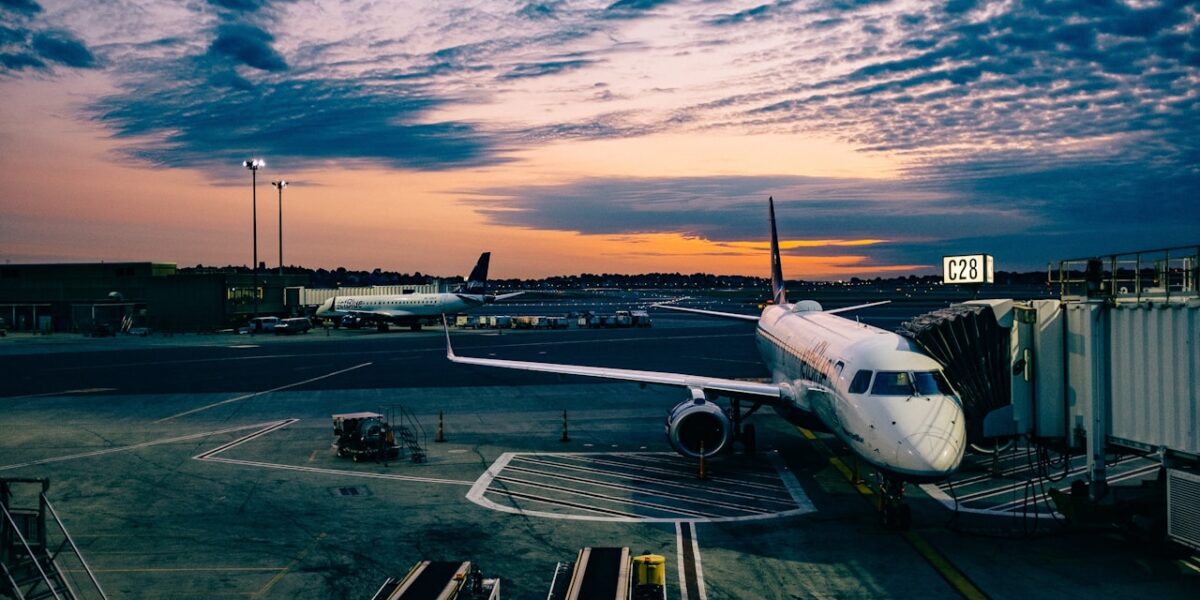Why Did the Uruguayan Plane Crash?
On October 13, 1972, a Fairchild FH-227D carrying 45 passengers, including a rugby team, crashed in the Andes Mountains. The crash attracted wide attention due to the extreme survival story of the passengers.

The Route and Departure
The plane, operated by the Uruguayan Air Force, was flying from Montevideo, Uruguay to Santiago, Chile. Poor weather conditions forced the pilots to stop overnight at Mendoza, Argentina. The journey resumed the next day with the intention of flying over the Andes Mountains.
Pilot Error and Misjudgment
The Andes mountain range poses significant challenges to aviators. Its high peaks and unpredictable weather require precise navigation. After leaving Mendoza, the pilots miscalculated their position. Believing they had cleared the mountains, they began a descent while still in the midst of the ranges. This critical error brought the aircraft into collision with a mountain peak.
Failure of Aircraft Systems
The plane was ill-equipped to handle inclement weather. The poor visibility and turbulence exacerbated the pilots’ misjudgments. Critical systems such as altimeters and navigation instruments functioned below optimal levels due to the harsh conditions. Instrument problems together with the pilots’ reliance on visual navigation proved disastrous.
Inadequate Pre-Flight Planning
Weather conditions were not ideal for a mountain crossing. Forecasters had predicted storms and heavy snow. Despite the forecast, the crew planned to navigate the highly volatile terrain. Limited contingency planning and lack of preparedness for emergency scenarios contributed further to the aircraft’s crash.
Post-Crash Survival
The crash saw immediate fatalities, with 12 passengers dying during the collision. Survivors faced harsh conditions at altitudes exceeding 3,500 meters (11,500 feet) above sea level. With minimal food supplies and no means of communication, the survivors endured extreme cold and limited oxygen. Their struggle gained infamy due to their resort to eating deceased passengers to stay alive.
Rescue Efforts
An extensive search and rescue operation launched soon after the crash failed to locate the wreckage initially. Without accurate information, search teams scoured broad areas. The survivors’ eventual decision to send a few members to seek help led to rescuers reaching them after 72 days.
Impact on Aviation Safety
The crash and ensuing rescue operation highlighted several vital issues in aviation safety. Emphasis increased on better training for mountain flying and improved navigation systems. The accident stressed the need for accurate weather forecasting and decision-making tools for flight crews. It also underscored the importance of suitable emergency procedures.
Legacy of the Crash
The crash has become a significant event in aviation history. The determination of the survivors garnered widespread media attention, inspiring books and films. Their ordeal provided learning opportunities in survival training and emergency response strategies. It remains a powerful reminder of human resilience in the face of catastrophic events.
In the end, the Uruguayan plane crash remains a tragic yet educational moment in aviation history. The lessons garnered from this event continue to echo through safety protocols and training programs designed to enhance the safety and preparedness of flight crews around the world.


